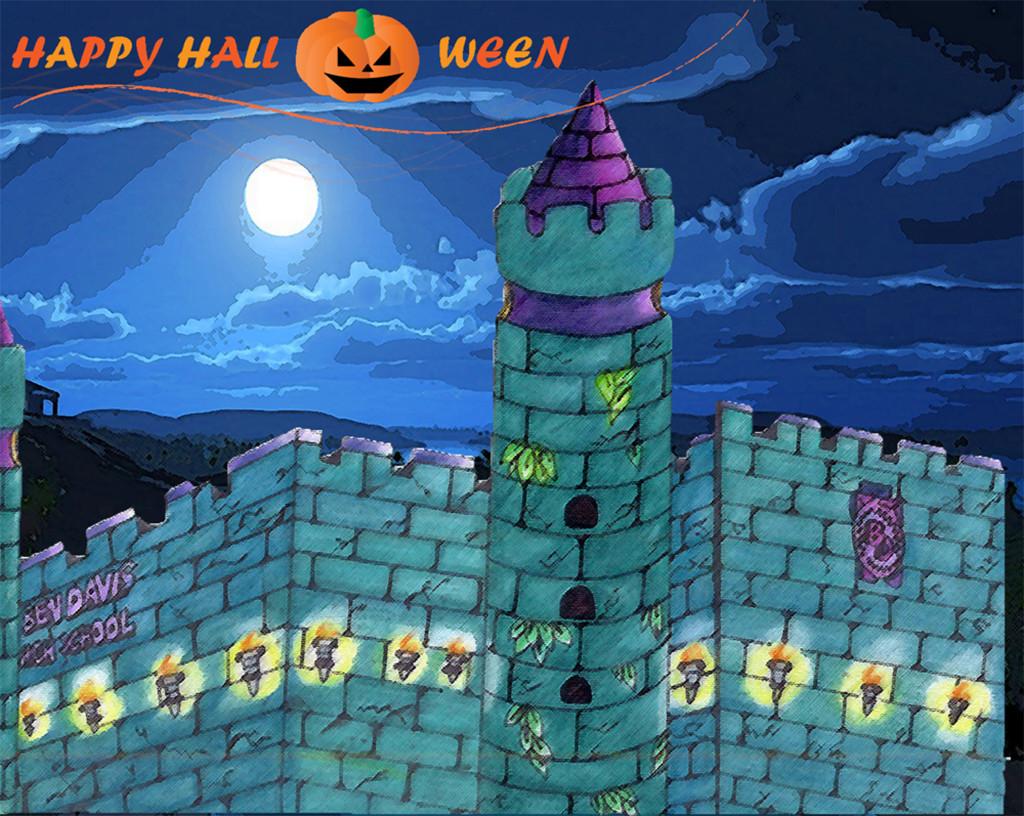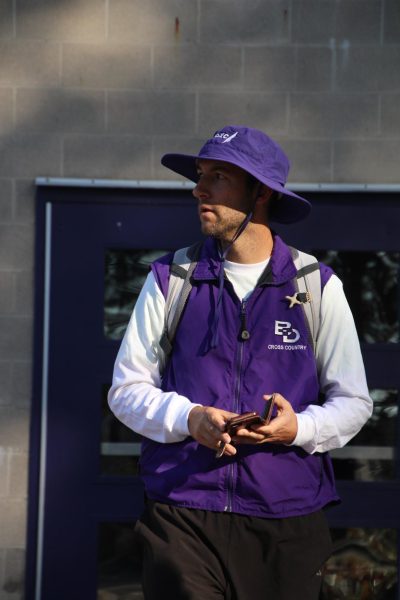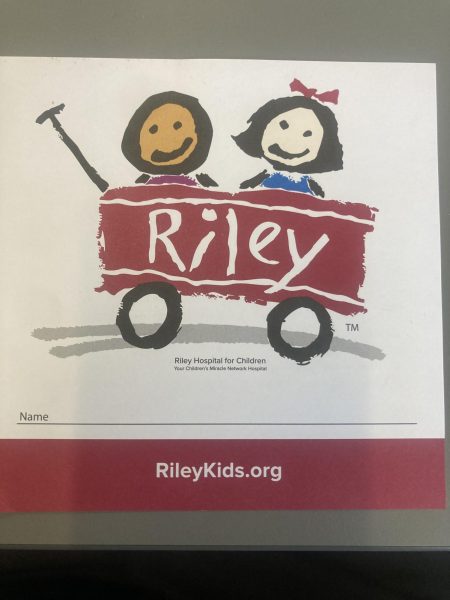The origin of Halloween
A look into the beginnings of a spooky holiday
Have you ever looked at the cheap decorations and painted faces or ‘spooky’ masks displayed during Halloween and wondered what the point of it all was? Have you walked into a costume party or down the sidewalk while trick or treating and questioned why we follow through with these strange customs every year?
Halloween has always been a time of superstition and creepy ideas. These traditions are loosely based off of the ancient Celtic festival of Samhain, a time when people would light bonfires and wear costumes in an attempt to ward off wandering ghosts.
The superstitious holiday began when Pope Gregory III made November 1 designated to honoring all saints and martyrs. All Saints’ Day still held some of the traditions of Samhain, while the evening before was known as All Hallows’ Eve and later Halloween, a hallow being a saint or ‘holy person’.
Halloween started to emerge in America first as “play parties,” public events to celebrate the harvest, where people would come together to share stories of the dead, tell each other’s fortunes, dance and sing.
Halloween became more common in America in the second half of the 19th century, when it was flooded with new immigrants who helped popularize the celebration of Halloween nationally. As for the playful activity of trick-or-treating, Americans used to dress up in costumes and go house to house asking for food or money during this time, while young women believed that on Halloween they could reveal the name or appearance of their future husband by doing tricks with yarn, apple parings or mirrors.
Many of these customs mesh together to form our own modernized version of Halloween, standardly a time to celebrate a frightening, superstitious, and sugar-filled time of the year. Whether you use this time to bring out your scary side or don’t celebrate traditionally, make sure to remember where the roots of this interesting holiday developed, and how it all began.







